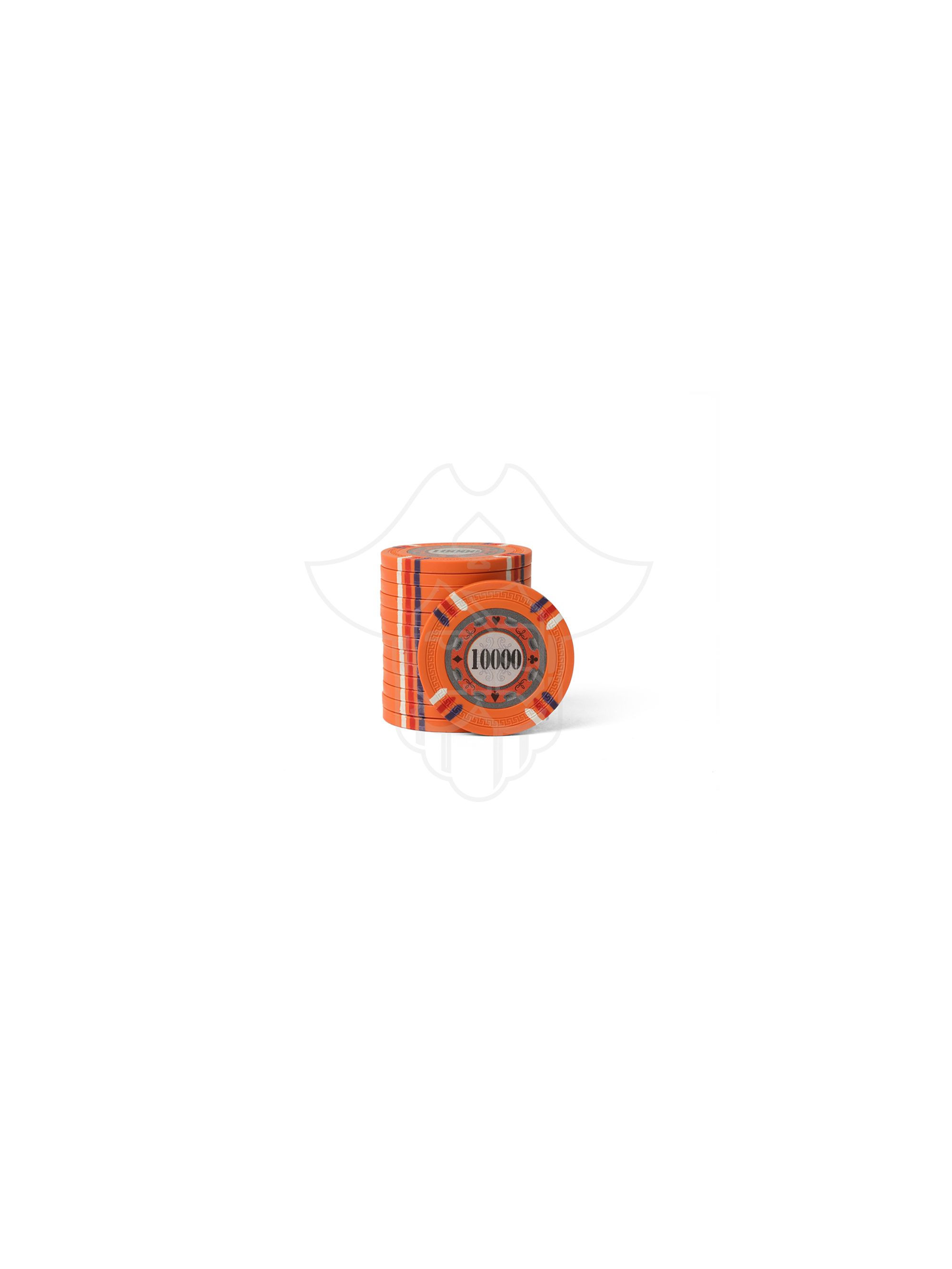views
Introduction
Welcome to this step-by-step guide on creating virtual reality (VR) games with Unity! Virtual reality has taken the gaming industry by storm, offering immersive and interactive experiences that transport players to new worlds. Unity, a powerful game development engine, provides the perfect platform to bring your VR game ideas to life.
In this guide, we'll walk you through the process of creating a VR game from start to finish, covering everything from setting up your development environment to implementing VR interactions and optimizing performance. Whether you're a beginner or an experienced game developer, this guide will provide you with the knowledge and tools you need to embark on your VR game development journey.
Setting Up Your Development Environment
Installing Unity To get started with creating VR games in Unity, you'll need to install the Unity game development engine. Unity provides a comprehensive set of tools and features specifically designed for game development, including support for VR platforms.
Follow these steps to install Unity:
- Visit the Unity website and navigate to the Unity download page.
- Choose the appropriate version of Unity for your operating system and click on the download link.
- Run the downloaded installer and follow the on-screen instructions to complete the installation process. Once Unity is installed, you're ready to start creating your VR game!
Setting Up VR Hardware
Before diving into VR game development, it's important to ensure that you have the necessary VR hardware. The two main types of VR hardware commonly used are tethered VR headsets and standalone VR headsets. Tethered VR headsets, such as the Oculus Rift or HTC Vive, require a powerful gaming PC to run. Standalone VR headsets, like the Oculus Quest, are self-contained and do not require a separate PC.
To set up your VR hardware:
- Follow the manufacturer's instructions to unbox and set up your VR headset.
- Connect the headset to your PC if using a tethered VR headset, or follow the instructions to configure the standalone headset.
- Install any required drivers or software provided by the VR headset manufacturer. With your VR hardware set up, you're ready to delve into the exciting world of VR game development!
Planning Your VR Game Defining the Game Concept Before diving into development, it's essential to have a clear vision for your VR game.
Consider the following questions:
- What is the core gameplay mechanic or unique selling point of your game?
- What genre or setting will your game have?
- Who is your target audience?
- How will VR enhance the player's experience in your game? By answering these questions, you'll have a solid foundation to guide your development process and ensure a cohesive and engaging VR game experience.
Storyboarding and Level Design
Storyboarding and level design are crucial steps in creating a compelling VR game. Storyboarding involves sketching out the key moments and interactions in your game to visualize the player's journey. Level design focuses on designing the layout, structures, and environments of individual game levels.
Consider the following when storyboarding and designing levels:
- Create a storyboard that captures the flow and progression of the game.
- Design levels that provide interesting and challenging gameplay opportunities.
- Ensure that level layouts are optimized for VR movement and interactions.
- Incorporate VR-specific mechanics and interactions into your level design. By carefully planning your game's story and level design, you'll create an engaging and immersive VR experience for your players.
Creating a Game Design Document (GDD)
A Game Design Document (GDD) serves as a blueprint for your VR game. It documents all the essential details, including the game's mechanics, story, characters, art style, and technical requirements. Creating a GDD helps you organize your thoughts, communicate your vision to team members or collaborators, and maintain a clear direction throughout development.
Creating a Game Design Document (GDD) A Game Design Document (GDD) serves as a blueprint for your VR game. It documents all the essential details, including the game's mechanics, story, characters, art style, and technical requirements. Creating a GDD helps you organize your thoughts, communicate your vision to team members or collaborators, and maintain a clear direction throughout development.
When creating your GDD, consider including the following sections:
- Game Overview: Provide a brief summary of your VR game, including its genre, target audience, and unique selling points.
- Story and Setting: Describe the narrative and setting of your game. Outline the main characters, their motivations, and the overall story arc.
- Gameplay Mechanics: Detail the core gameplay mechanics and interactions that players will experience in your VR game. Explain how VR enhances the gameplay and immerses players in the virtual world.
- Level Design: Expand on the level design concepts mentioned earlier. Describe the key features, challenges, and objectives of each level or area in your game. Include sketches or visual references to help convey your ideas.
- Art Style and Visuals: Define the art style, graphics, and visual direction for your VR game. Include references, concept art, or mood boards to illustrate the desired look and feel.
- Sound and Music: Discuss the audio elements of your game, such as sound effects and music. Specify any desired ambiance, emotional cues, or interactive audio features that enhance the VR experience.
- User Interface (UI) and Heads-Up Display (HUD): Outline how the UI and HUD will be implemented in your VR game. Consider the best ways to present information and interact with the virtual environment while minimizing distractions.
- Technical Requirements: Document the technical specifications and performance targets for your VR game. Specify the target VR platforms, such as Oculus Rift or HTC Vive, and any additional hardware requirements.
- Development Plan: Create a timeline or roadmap that outlines the major development milestones, including pre-production, production, testing, and release.
- Team and Roles: Identify the roles and responsibilities of the team members involved in the VR game development process. This includes programmers, artists, designers, and any other collaborators.
By creating a comprehensive Game Design Document, you'll have a clear roadmap for your VR game development, ensuring that everyone involved is on the same page and working towards a common vision.
Implementing VR Interactions in Unity Once you have your game design planned out, it's time to start implementing VR interactions in Unity. Unity provides built-in support for various VR platforms, making it easier to develop VR games.
Here are the steps to get started:
- Create a New Unity Project: Open Unity and create a new project. Select the appropriate settings, including the platform you're targeting and the VR SDK you'll be using.
- Import VR SDK: Import the VR software development kit (SDK) provided by the VR platform you're targeting. For example, if you're developing for Oculus Rift, you would import the Oculus SDK.
- Set Up VR Camera: Create a VR camera rig in Unity to represent the player's viewpoint in the virtual world. This rig includes a VR camera component and controllers for tracking player movement and input.
- Implement VR Interactions: Use Unity's scripting capabilities to implement VR interactions. This can include grabbing objects, teleporting, using virtual tools, or interacting with the environment. Leverage the VR SDK's API and Unity's input system to capture and process VR input.
- Test and Iterate: Regularly test your VR interactions in the Unity Editor and on your target VR device. Iterate on your implementation based on user feedback and to ensure a smooth and immersive VR experience.
Optimizing Performance in VR Games
Performance optimization is crucial in VR games to maintain a high frame rate and minimize motion sickness.
Here are some tips to optimize performance in your VR game:
- Simplify Geometry: Use simplified and efficient geometry for your VR game's assets. Avoid unnecessary details that may increase the polygon count and impact performance.
- Level of Detail (LOD): Implement Level of Detail (LOD) systems to automatically switch to lower-detail models when objects are farther away from the player. This technique reduces the GPU load and improves performance.
- Texture Compression: Utilize texture compression formats optimized for VR platforms to reduce memory usage and improve rendering performance. Choose appropriate compression settings based on the visual fidelity required.
- Occlusion Culling: Implement occlusion culling techniques to hide objects that are not currently visible to the player. This reduces the number of objects the GPU needs to render, improving performance.
- Frame Rate Optimization: Aim for a consistent frame rate of at least 90 frames per second (FPS) to provide a smooth VR experience. Optimize your game's code, shaders, and rendering pipeline to achieve and maintain this frame rate.
- Performance Profiling: Use profiling tools provided by Unity and the VR platform to identify performance bottlenecks. Analyze CPU and GPU usage, memory consumption, and draw calls to optimize your game accordingly.
- VR-Specific Optimization: Consider VR-specific optimization techniques, such as reducing the use of post-processing effects, minimizing head and camera movement, and optimizing real-time shadows and lighting.
Conclusion
By following these optimization techniques by the Unity game development agency, you can ensure your VR game runs smoothly, providing an enjoyable and immersive experience for players.
Remember, developing a VR game is an iterative process, and it's important to gather feedback from testers and players throughout development. Continuously improve your game based on their feedback and aim to create an engaging and immersive VR experience.
Best of luck with your VR game development journey!











